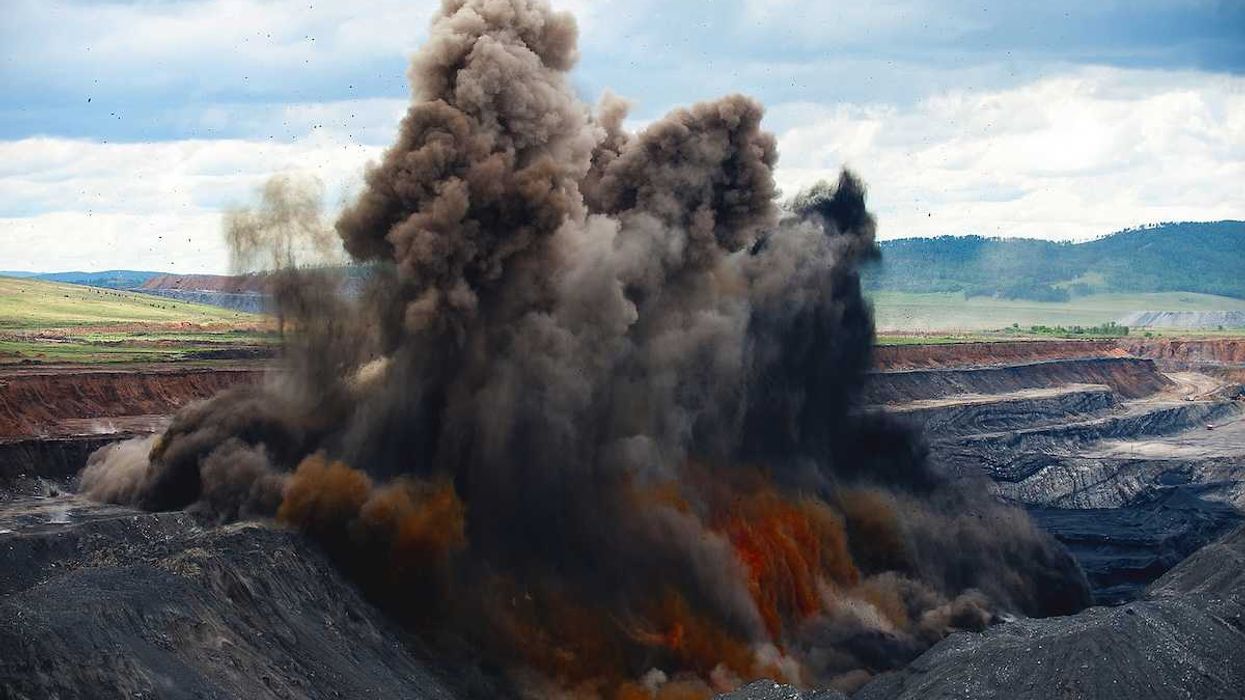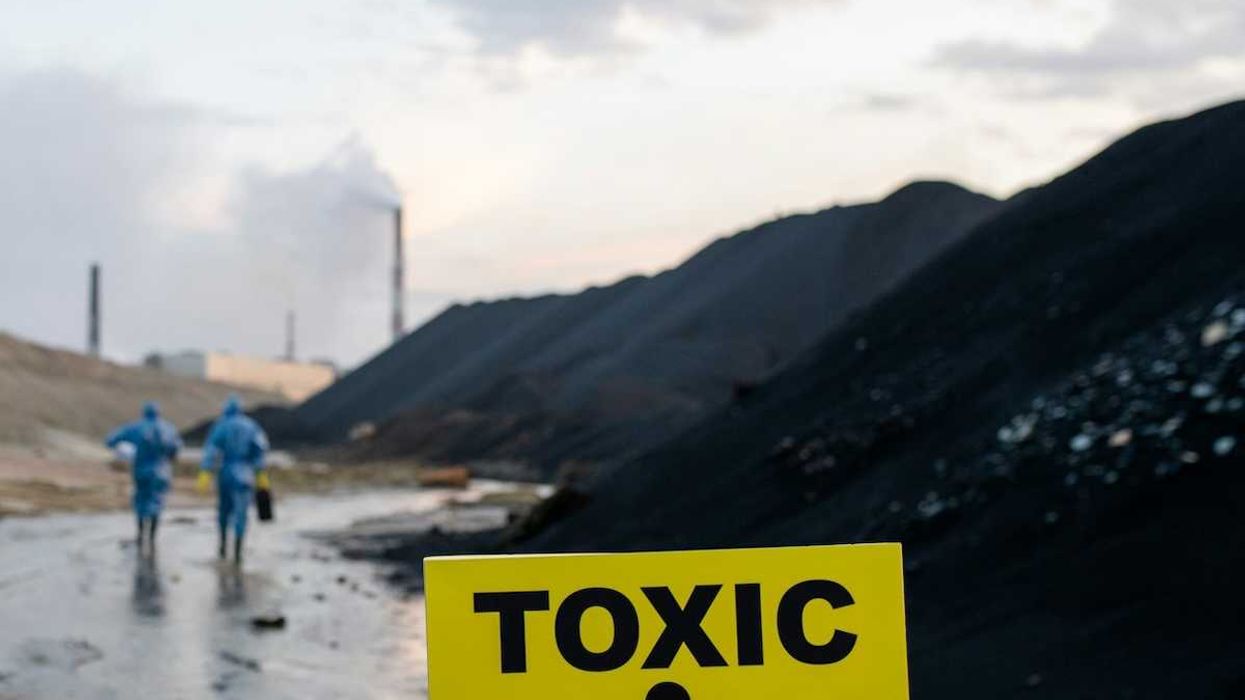European regulators will ban the herbicide flufenacet in June due to its links to hormonal disruption, child brain development risks, and toxic water pollution.
Rachel Birch reports for Agriland.
In short:
- The EU will ban flufenacet starting June 15, 2025, citing its classification as an endocrine disruptor and source of persistent water pollution.
- Flufenacet has been widely used in cereal crops since 2004 and contributes to rising levels of trifluoroacetic acid (TFA), a PFAS byproduct, in freshwater.
- NGOs and some EU lawmakers have pushed for a full PFAS pesticide ban, as 35 others remain legal; Bayer plans to replace flufenacet with another PFAS herbicide.
Key quote:
“Flufenacet is one of the most widely used PFAS pesticides and TFA emitters in our water resources. It is widely used in cereal-producing agriculture. We now urgently need a ban on all PFAS pesticides to avoid replacement with equally problematic substances.”
— Salomé Roynel, policy officer at Pesticide Action Network Europe
Why this matters:
Flufenacet is one of a growing number of pesticides flagged for containing so-called “forever chemicals” — toxic compounds known scientifically as PFAS that resist breaking down in the environment. Originally celebrated for their durability in products like nonstick pans and waterproof gear, PFAS are now raising red flags in agriculture, where they're showing up not just on farm tools or packaging but directly in the pesticides sprayed on fields. That means these chemicals could be making their way into the crops themselves and, by extension, onto dinner plates across the country.
What makes PFAS so troubling is their persistence. Once in the soil, they can seep into groundwater, pass into drinking water supplies, and accumulate in the human body. Research has linked long-term exposure to a host of health problems, including reproductive harm, developmental issues, hormone disruption, and certain cancers. The fact that these chemicals are now entwined with food production adds a new layer of complexity for regulators and families alike, especially as testing remains spotty and contamination hard to trace.
Related EHN coverage: Unintentional PFAS in products: A “jungle” of contamination














